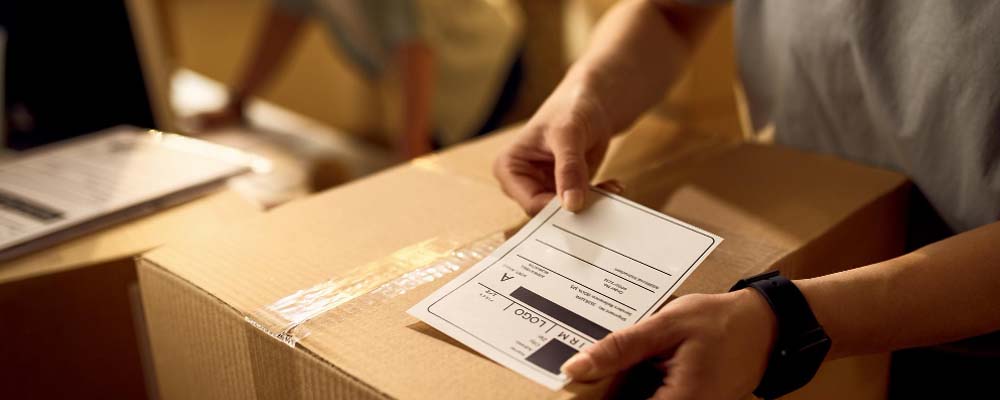
Shipping goods internationally can be a complex process, especially when navigating different regulations, customs processes, and transportation options. Mexico and Portugal, though geographically distant, have robust trade ties supported by a shared interest in industries like automotive, agriculture, electronics, and textiles. For freight forwarding companies, logistics providers, importers, and exporters, understanding the nuances of shipping between these two countries is crucial.
This guide provides essential insights into shipping from Mexico to Portugal, covering transportation methods, customs regulations, cost considerations, and best practices to ensure a smooth and efficient process.
Why Ship Between Mexico and Portugal?
Mexico and Portugal have growing trade relationships supported by free trade agreements like the EU-Mexico Global Agreement. Both nations export and import a variety of products:
- Mexico’s Exports to Portugal: Automotive parts, electronics, medical devices, and textiles.
- Portugal’s Exports to Mexico: Wine, cork products, olive oil, and machinery.
Trade relationships between the two nations are strengthened by shared commitments to sustainability and innovation. These factors create opportunities for logistics companies, importers, and exporters to thrive in these markets.
Transportation Methods
Shipping goods from Mexico to Portugal involves choosing the right transportation method based on cargo type, budget, and delivery timeline.
1. Ocean Freight
Ocean freight is the most common and cost-effective way to ship goods between Mexico and Portugal. Key considerations include:
- Ports in Mexico: Major ports like Veracruz, Altamira, and Manzanillo handle most exports to Europe.
- Ports in Portugal: Key ports such as Lisbon, Porto (Leixões), and Sines receive shipments from Mexico.
- Transit Time: Shipping via ocean typically takes 20–35 days, depending on the chosen route and stopovers.
Ocean freight is ideal for bulk shipments or heavy goods but requires advanced planning due to longer transit times.
2. Air Freight
For time-sensitive shipments, air freight is a reliable alternative. Key aspects include:
- Airports in Mexico: Mexico City International Airport (MEX) and Guadalajara International Airport (GDL) are the primary hubs.
- Airports in Portugal: Lisbon Humberto Delgado Airport (LIS) and Porto Airport (OPO) are key destinations.
- Transit Time: Air freight typically takes 1–5 days, making it suitable for high-value or urgent goods.
While faster, air freight is significantly more expensive than ocean freight.
3. Multimodal Transportation
Combining sea and air transportation can optimize costs and speed, especially when inland transport in Mexico or Portugal is required.
Customs and Documentation
Navigating customs processes between Mexico and Portugal requires understanding the required documentation and compliance measures.
 1. Required Documentation
1. Required Documentation
Key documents for shipping between the two countries include:
- Commercial Invoice: Provides detailed information about the value, quantity, and description of the shipped goods.
- Packing List: Outlines the shipment’s contents, including item weights and dimensions.
- Bill of Lading (BOL): Acts as a legal contract between the shipper and the carrier, detailing shipment terms.
- Certificate of Origin: Specifies where the goods were manufactured, crucial for preferential tariffs under trade agreements.
- Import/Export Licenses: May be required for restricted or regulated goods.
- Customs Declaration: Submitted to the customs authorities in both countries.
b. Customs Duties and Tariffs
Under the EU-Mexico Global Agreement, many goods benefit from reduced or zero tariffs. Verify product classification codes (HS codes) to determine applicable tariffs.
c. Import Restrictions
Portugal, as an EU member, follows EU import regulations. Items like agricultural products, chemicals, and electronics may require special permits or certifications.
Cost Considerations
Shipping costs from Mexico to Portugal depend on several factors, including:
- Mode of Transport: Ocean freight is cheaper but slower; air freight is costlier but faster.
- Weight and Volume: Dimensional weight affects air freight pricing; ocean freight is calculated by container size.
- Route and Transit Time: Direct routes cost more than those with stopovers.
- Customs Duties and Taxes: Depending on product classification, some goods may incur additional charges.
- Insurance Costs: Insurance for high-value goods adds to shipping costs.
Tips for Efficient Shipping
Efficiency in shipping processes ensures cost savings and timely delivery. Here are best practices:
1. Partner with Reliable Logistics Providers
Choose freight forwarders or customs brokers with experience in Mexico-Portugal trade. They can provide end-to-end solutions, including customs clearance and documentation handling.
2. Plan Shipments in Advance
Advance planning allows businesses to optimize shipping schedules and costs, especially for ocean freight. Book containers or cargo space early to avoid delays.
3. Optimize Packaging
Proper packaging ensures goods are protected during transit and minimizes wasted space, which can reduce costs.
4. Leverage Technology
Use logistics platforms or transportation management systems (TMS) for real-time tracking and efficient communication with carriers.
5. Stay Updated on Regulations
International trade regulations can change frequently. Staying informed about updates to tariffs, trade agreements, or customs processes is essential.
Key Challenges and How to Overcome Them
Shipping from Mexico to Portugal presents unique challenges, but proactive strategies can mitigate risks.
1. Language and Cultural Differences
While both countries share some linguistic and cultural similarities, differences in business practices can affect logistics. Partnering with local experts can bridge these gaps.
2. Long Transit Times
For ocean freight, long transit times require careful inventory planning. Consider multimodal transport for a balance of speed and cost.
3. Customs Delays
Incomplete or inaccurate documentation can lead to customs clearance delays. Double-check all paperwork and work with experienced brokers.
4. Limited Air Freight Options
Depending on cargo origin in Mexico and destination in Portugal, air freight routes may be limited. Early booking and flexible schedules can help.
5. Environmental Regulations
Sustainability is increasingly important in global trade. Consider partnering with green logistics providers and choosing eco-friendly transportation options.
 Conclusion
Conclusion
Shipping from Mexico to Portugal presents significant opportunities for businesses across industries. By understanding transportation methods, customs processes, and cost considerations, logistics providers, importers, and exporters can streamline operations and maximize the potential of this vital trade route.
To recap:
- Choose the right transportation mode based on cargo type and urgency.
- Prepare accurate documentation and understand customs regulations to avoid delays.
- Partner with experienced logistics providers to streamline the process.
- Stay informed about trade agreements and tariffs for cost savings.
The Mexico-Portugal trade route offers immense possibilities for growth and expansion. With the right expertise and guidance, the challenges of international shipping can be transformed into opportunities.
For a seamless shipping experience, rely on expert freight forwarders familiar with Mexico-Portugal logistics. Visit the Pangea website to explore tailored solutions designed to ensure smooth and efficient international trade operations.




 1. Required Documentation
1. Required Documentation Conclusion
Conclusion



